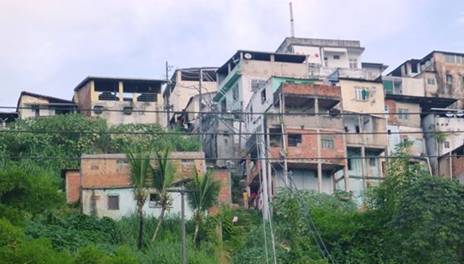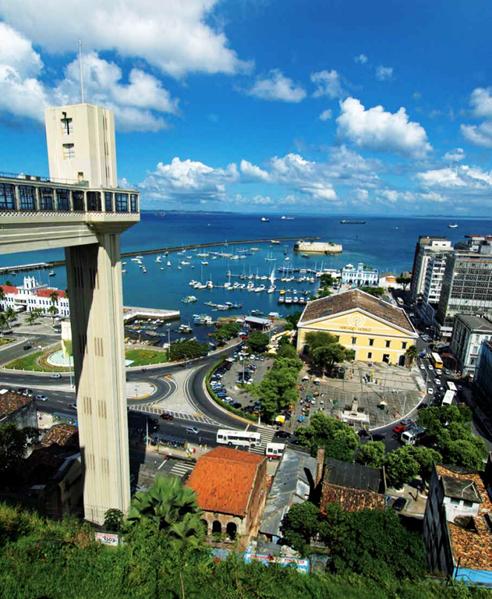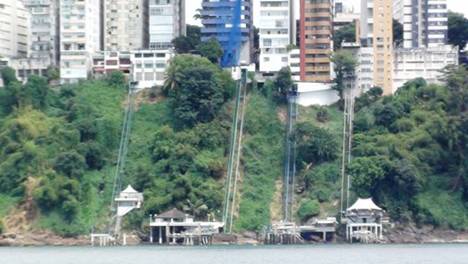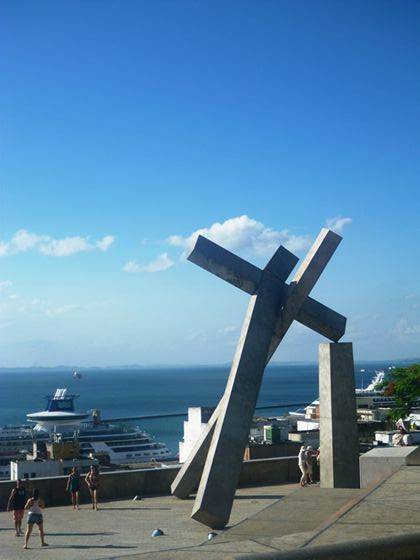Salvador sentiments

Monday February 24th , 2014 South Atlantic Ocean – off Brazil – STILL!!! , 07 13.6S 34 38.1W Today's Blog by David (Time zone: UTC – 3.0 Brazil is the largest country in South America. The Portuguese arrived in the NE of Brazil in 1500. A year later, Vespucci (who is widely credited with discovering Brazil) arrived in what is now Bahia de Todos os Santos, where Salvador is now situated. Over the years the British, French and Dutch made various attempts to colonise parts of Brazil but were each time repelled by the Portuguese. The economy in this period was based upon sugar cane, gold and diamonds all of which were labour intensive industries. Over a period of 250 years it is estimated that 3.5 million Africans arrived in Brazil – largely in the State of Bahia (landing at Salvador). Dom Pedro (the Viceroy of Portugal – son of the Portuguese King Joao VI) declared Brazil a republic in 1832. However, the abolition of Slavery in 1888 (about 50 years later than most countries did so) led to rupture between the royal family and the powerful landowners and Pedro II was overthrown by a Military Coup in 1889. In the distant past, the country was inhabited by a number of Amerindian tribes some of which, even now, remain true to their traditions, maintaining their way of life in the jungle. Today, however, the population of 180 million reflects its past. 60% are white European, (Portuguese, Italian, German and French – who live mainly in the South of Brazil), the rest being mixed race either ‘Caboclos’ (white/Amerindian) or ‘Mulatos’ (white/black). Salvador’s population has a very high African content – most locals are Mulatos: black …. or close to it. Despite reports of violent crime, we felt safer there than in many cities. The normal tourist precautions should guard against most events. Indeed in the more populous areas it is common to see luxurious homes juxtaposed with evident slums. Despite this there appears to be no tension, jealously nor racism among the population.
Salvador is built on a cliff. The Old town is at the top and the business , commercial and port districts are at the bottom. To get from top to bottom you can walk or taxi, or …..
Salvador’s Elevador Joining the Old Town with the Commercial district (The yellow building is the Mercado Modelo - billed as a traditional craft market it purveyed pretty much the same tat as everywhere else in the world)
The Elevador entrance is an Art Deco work itself But of course, if you have the money, you can build your own….
Luxury apartments with funicular railways down to the Beach House Right by the Elevador there is a sculpture reflecting upon the then Arch Bishop’s decision to sell Salvador’s oldest church to developers building the tramway in the Old Town. Evidently, not everyone approved:
If you ask anyone what they know about Brazil, many of not most will mention the fact that the women are beautiful: gorgeous, statuesque Amazonian women, fiery, passionate, everything a man could desire (but probably couldn’t cope with). Anecdotally, quite a handful. Some of the most beautiful are said to be transvestite (a different kind of ‘handful’ - making any decision to have that fourth Caipirinha an even riskier decision!). Well that may be true in Rio, but not in Salvador,. They do have their own Copa Cabana:
but the Yoruba influence does nothing for the girls’ shape What was fascinating though was the interrelationship which developed between the Catholic Church and African religions and the African impact on the culture of Bahia today. (To be continued…..Ed.) |





